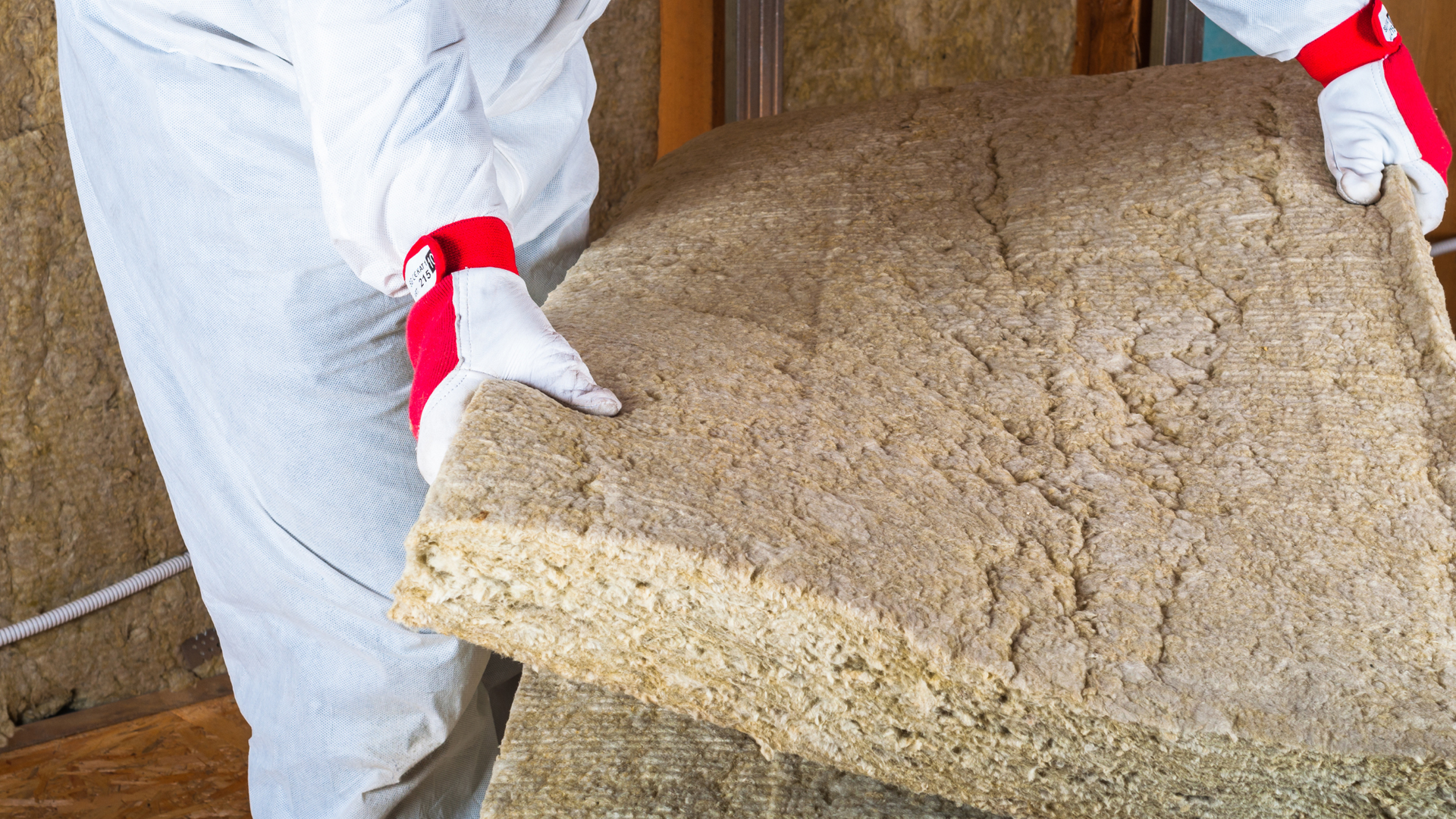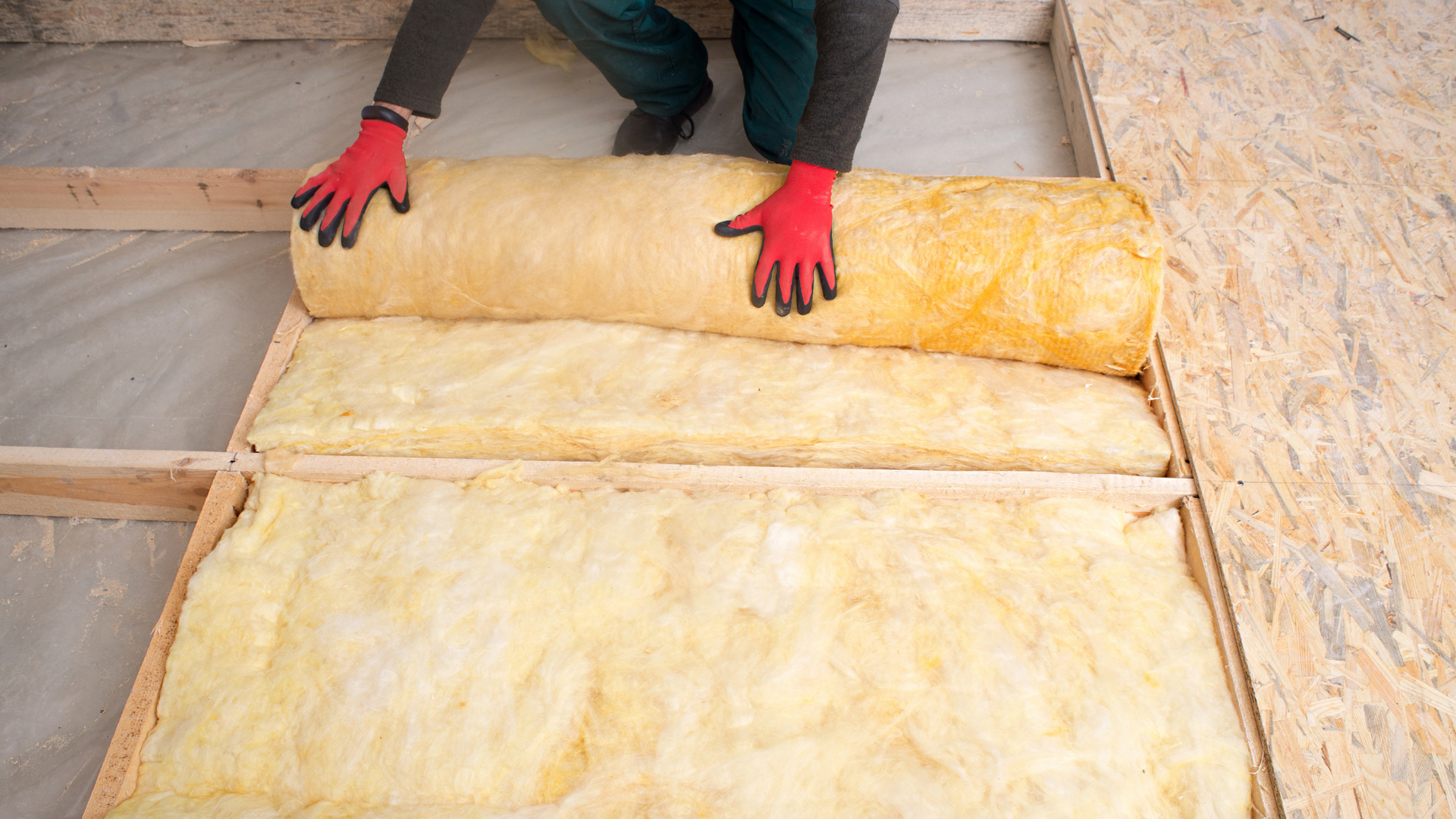Maximising Home Comfort: How Does Loft Insulation Work
When it comes to maintaining a warm and comfortable home, loft insulation is a fundamental component that plays a critical role in keeping the cold at bay. But have you ever wondered about the science behind it? In this comprehensive guide, we will delve into the details of how loft insulation works to ensure your home stays warm and energy-efficient throughout the year.
Understanding the Basics
Before we dive into the intricacies, let's start with the basics. Loft insulation is a material that is installed in the space between your roof and the ceiling of your home. It acts as a thermal barrier, preventing the transfer of heat between the inside and outside of your property. Essentially, it works to keep the warmth generated inside your home from escaping into the cold outdoors.

The Science of Heat Transfer
To appreciate how loft insulation functions, we need to understand the science of heat transfer. There are three primary methods of heat transfer:
a.
Conduction: This is the direct transfer of heat through a solid material. In the case of your home, this means heat can escape through your roof tiles and into the cold attic space without insulation.
b. Convection: Convection is the movement of heat through fluids (like air). In an uninsulated loft, warm air rises and escapes through gaps, while cold air enters from outside, creating a continuous cycle of heat loss.
c. Radiation: Radiation involves the transfer of heat in the form of electromagnetic waves. An uninsulated loft allows radiant heat to escape through the roof.
Loft Insulation's Role in Reducing Heat Transfer
Now that we've covered the principles of heat transfer, let's explore how loft insulation combats each of these methods:
- Conduction: Loft insulation materials, typically made of fibreglass, mineral wool or foam boards, are poor conductors of heat. When installed between the ceiling and the roof, they act as a barrier that significantly reduces heat conduction from the warm living space into the cold attic.
- Convection: Effective loft insulation also combats heat loss due to convection. By creating a sealed, insulated barrier, it prevents warm air from escaping and cold air from infiltrating the living areas. This reduces the need for your heating system to work harder to maintain a comfortable temperature.
- Radiation: Loft insulation can also reflect and absorb radiant heat, preventing it from being lost through the roof. Some insulation materials are designed with reflective surfaces to enhance this effect.

Energy Efficiency Benefits
Loft insulation not only keeps your home warm but also offers several energy efficiency benefits:
- Reduced Energy Bills: With less heat escaping, your heating system doesn't need to work as hard or as often to maintain the desired temperature. This translates to lower energy consumption and reduced utility bills.
- Environmental Impact: Lower energy consumption means reduced greenhouse gas emissions, contributing to a greener and more sustainable environment.
- Enhanced Comfort: A well-insulated home maintains a consistent and comfortable indoor temperature year-round, eliminating cold spots and drafts.
Loft insulation is a smart investment in your home's comfort and energy efficiency. By understanding the science behind it, you can appreciate how loft insulation works to keep your home warm while saving you money and reducing your environmental footprint. If you haven't already, consider
consulting with our insulation experts who can help assess your
loft insulation needs and ensure your home stays comfortable in every season.
Moreover,
government funding is available to help UK homeowners, tenants and landlords cover the costs of loft insulation installation. This financial support is designed to encourage energy-efficient improvements, reduce energy bills and lower carbon emissions. To find out if you're eligible for these incentives and to explore how loft insulation can benefit your specific situation, don't hesitate to
get in touch with our team. We're here to provide guidance, answer your questions and assist you in making your home warmer and more energy-efficient.



All Rights Reserved | SFP Contracts Ltd





